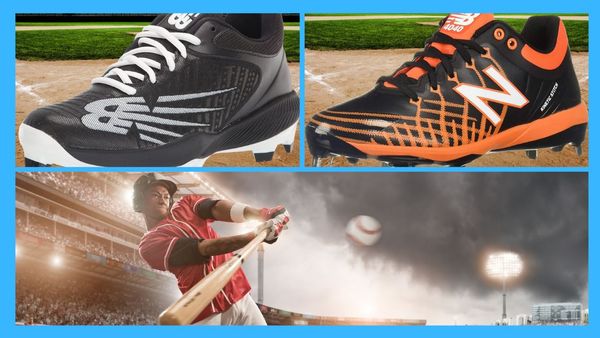We’ve all been there. You’re in the middle of your run and suddenly you feel a twinge in your foot. You notice your shoes feel a little tighter than usual too. As you hobble home, you wonder why this sudden pain has cropped up—all you did differently was lace up your shoes and hit the pavement.
As it turns out, there’s a chance you might be overdue for some new insoles. Yes, those flimsy, removable inserts that come standard in every running shoe have an important job to do. They act as a supportive barrier between your foot and the ground, and over time they break down and need to be replaced.
How Insoles Support Your Feet
Your feet are amazing—26 bones, 33 joints, 107 ligaments, 19 muscles, and countless tendons work together so you can walk, run, jump, skip, and dance your way through life. That’s a lot of moving parts that need support! Inserts help to distribute the impact of each step evenly across the foot so no one area gets overloaded. This is especially important for runners because we pound the pavement over and over again during our workouts.
The three main types of insoles are:
1) neutral (also called flat),
2) cushioning, and
3)stability.
Most people need a combination of all three depending on the arch of their foot and how they pronate (roll inward or outward) when they land on their feet. A certified pedorthist or podiatrist can help you determine which type is best for you based on a simple assessment. You can also buy insoles specifically designed for high arches or Supination if you already know what type of support you need.
Foam vs Gel Inserts
Once you know which kind of insert will work best for your feet, it’s time to choose between foam and gel. Traditionally, most inserts have been made from foam because it’s lightweight and inexpensive. However, foam doesn’t hold up as well over time and can actually break down faster than gel when exposed to heat and moisture—two things your feet generate plenty of when you’re working out! Gel inserts provide better shock absorption than foam so they can help protect your joints from the impact of each step. If you deal with shin splints or other chronic pain issues, gel inserts may be worth the extra cost because they could help prevent further injury down the road
Conclusion:
At first glance, those flimsy little insoles that come standard in every running shoe might not seem like they serve much of a purpose. But trust us—they do! Replacement insoles provide important support for runners by helping to distribute the impact of each step evenly across the foot. If you’re experiencing foot pain or noticed your shoes feel tighter than usual lately, it might be time to replace your worn-out insoles with some new ones made from foam or gel. A certified pedorthist or podiatrist can help you determine which type is best for you based on a simple assessment.









